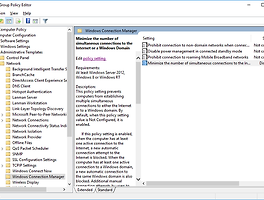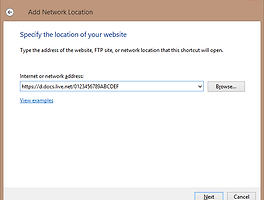-----
* Notice:
The extended research paper was published in the Journal of Communications and Networks.
Hyok An, Heejo Lee, and Adrian Perrig. "Coordination of anti-spoofing mechanisms in partial deployments." Journal of Communications and Networks 18.6 (2016): 948-961
https://doi.org/10.1109/JCN.2016.000129
-----
*국제학회 논문
-학회: IEEE Local Computer Networks (LCN)
-일자: 2013년 10월 22일
-저자: 안혁, 이희조, Adrian Perrig
Hyok An, Heejo Lee, Adrian Perrig, "UAS: Universal Anti-Spoofing by Incorporating Existing Mechanisms", IEEE Conf. on Local Computer Networks (LCN), pp. 448-451, Oct. 22. 2013.
-초록:
IP spoofing is attractive to amplify network attacks and to provide anonymity. Many approaches have to prevent IP spoofing attacks; however, they do not address a significant deployment issue: filtering inefficiency caused by lack of incentives for early adopters. Practically, no mechanism has been widely deployed and none successfully blocks IP spoofing attacks. We propose a universal anti-spoofing (UAS) mechanism that incorporates existing mechanisms to thwart IP spoofing attacks. In the proposed mechanism, intermediate routers utilize any existing anti-spoofing mechanism that ascertains whether a packet is spoofed or not, and inscribes this information in the packet header. The edge routers at a victim network can estimate the forgery of a packet based on the information sent by the upstream routers. The results of experiments conducted with Internet topologies indicate that UAS reduces false alarms up to 84.5% compared to cases where each mechanism operates separately. Our evaluation shows that incorporating multiple anti-spoofing mechanisms reduces false alarms significantly.
- file:
'ETC' 카테고리의 다른 글
| To install XRDP to use Windows remote desktop for Ubuntu (0) | 2017.01.23 |
|---|---|
| Connect automatically to wireless network, even with a LAN plugged on Windows 10 (0) | 2016.10.25 |
| Skydrive 탐색기 연결 (0) | 2013.03.27 |
| [Windows Dev. PV] Wireless Profile 생성/삭제 (0) | 2011.10.10 |
| DreamSpark - MS 소프트웨어 무료 지원 프로그램 (0) | 2010.09.01 |



